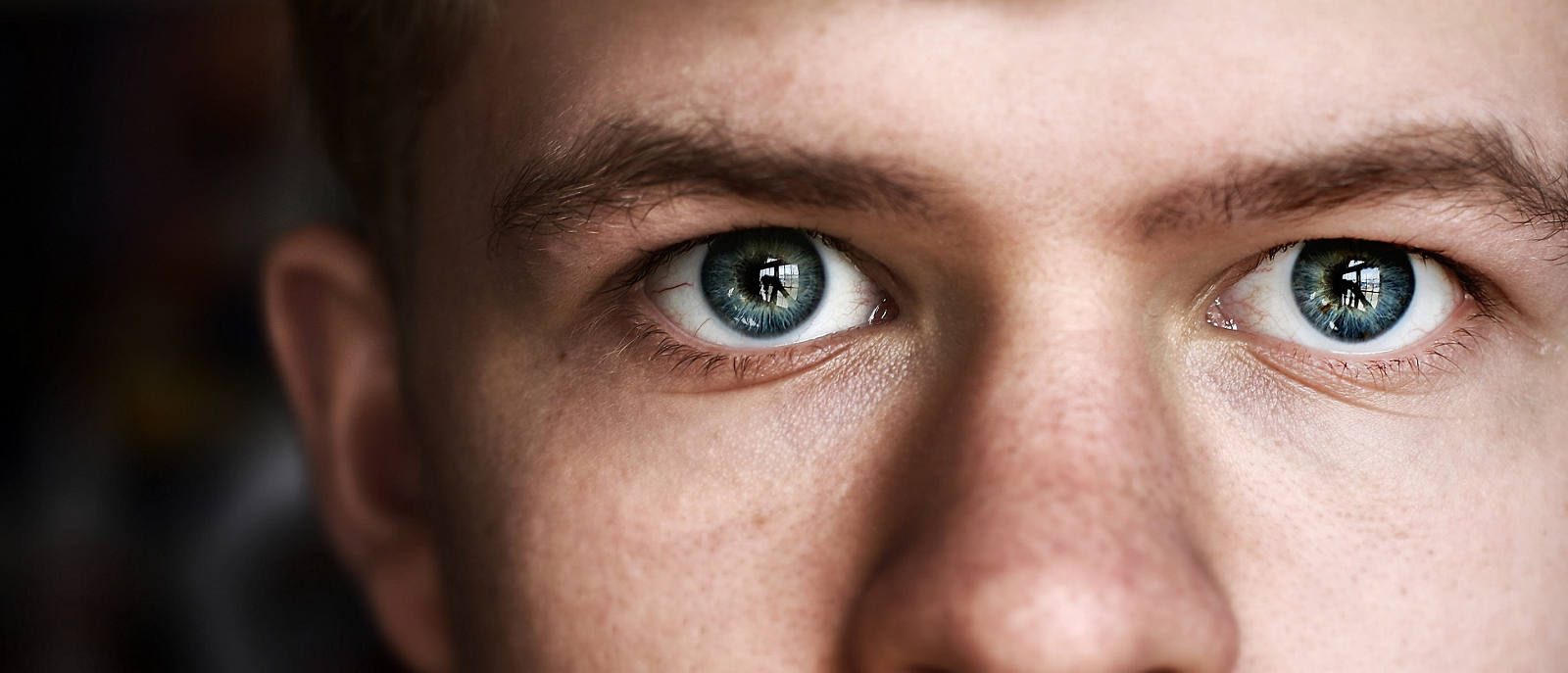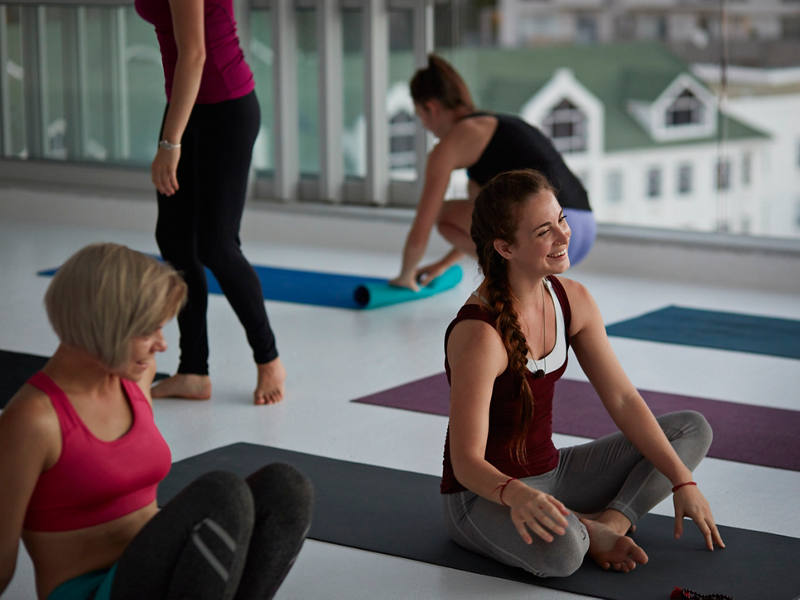Eye exercises: simple and efficient practices for everyday

Whether eye exercises improve defective vision isn't proven. Nonetheless, certain practices can ease overstrained eyes.
The Cause
People who spend a lot of time working at a screen know the problem: at some point their eyes get tired, start to burn and become painful. And then everything can start to flicker and the letters blur.
But this is nothing to be surprised about. As a matter of fact, our eyes are designed to absorb indirect light. But when we sit at a screen, we're constantly staring into a backlit light source, which puts excessive strain on our eyes and can impair our vision.
The fixed stare
Plus – there are two other factors: when constantly looking at something close, our eye muscles can tense up. And then, when we switch to look at something far off, everything is blurred for a moment – referred to by experts as ‘artificial short-sightedness’. In addition, people working at a screen don’t blink enough. Only five times a minute. Normally they would blink about 20 times, and with good reason: frequent blinking keeps the eyes moist and the cornea free of dust particles.
Eye exercise soothe strained eyes
Whether working at a screen causes long-term deterioration of vision has been the subject of much debate, but no clear evidence has emerged so far. Also controversial are suggestions that eye exercises can prevent defective vision or cure short-sightedness. But one thing is certain: vision training can soothe strained eyes and can be easily incorporated into everyday life – all it takes is a few minutes a day.
Relaxing, easing and strengthening: eye workouts for every day
- For dry eyes: Don’t forget to blink! Blinking prevents your eyes from drying out.
- To avoid ‘tunnel vision’: look into the distance roughly every 30 minutes.
- For a refreshing kick: scoop cold water and then warm water onto your closed eyes a few times.
- Rub the palms of your hands until they’re warm and place them lightly over your closed eyes. Known as palming, this has a relaxing effect.
- To promote blood circulation: massage the bony edges of your eye sockets with your fingertips.
- When tired, people often automatically rub the point where their glasses sit on their nose – which is instinctively correct. Massaging this acupressure point with your thumb and index finger has an invigorating effect.
- To exercise and relax the eye muscles: draw a horizontal figure of eight in the air with your finger and follow the figure with your eyes. Be sure to keep your neck relaxed. Also helpful is to roll your eyes – up, down, left and right.
- An exercise for accommodating, focussing: cover one eye with your hand. Move the other hand slowly back and forth in front of the open eye. Follow the movement with your eyes. Repeat the exercise with the other eye. Finish by palming.
- Also helpful for focussing: alternate the focus of your vision between an object in the distance and one close up.
- Good for depth of field: form your hands into binoculars and fix your gaze on an object in the distance.



